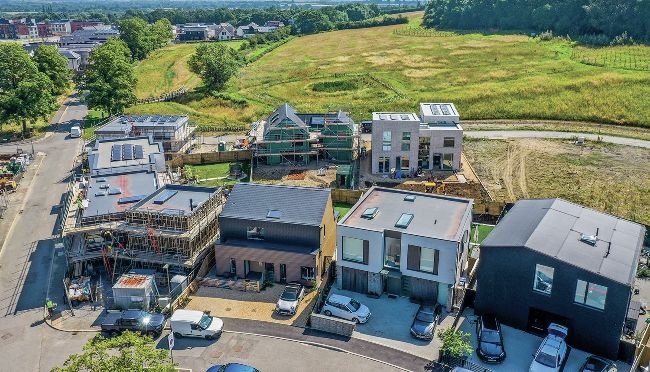How does the Right to Build work in the planning system?
Planning consultant Julia Riddle explores how the Right to Build legislation aims to increase the number of self and custom build plots and the impact it has had on development so far

Above: Pioneered by Cherwell District Council in Bicester, Oxfordshire, Graven Hill (
gravenhill.co.uk) is currently the UK’s largest self build development
The Right to Build is legislation as set out in the Self Build and Custom Housebuilding Act 2015 and the Housing and Planning Act 2016. It requires local authorities in England to keep a register of people who wish to build their own homes and then deliver sufficient serviced plots to meet local demand so that residents can pursue their self builds.
The Right to Build has its advantages for self builders in search of a plot, but there are also some conditions to be aware of when applying to put your name on a register. In this article, I’m looking at how the Right to Build registers work and what progress they’ve made for custom and self build development opportunities.
How do the registers work?
Under the legislation, all councils must host a Right to Build register. The information asked of those who wish to apply varies between each register, as well as the criteria that must be met. Despite this, each council’s registers must be open and inclusive to all applicants.